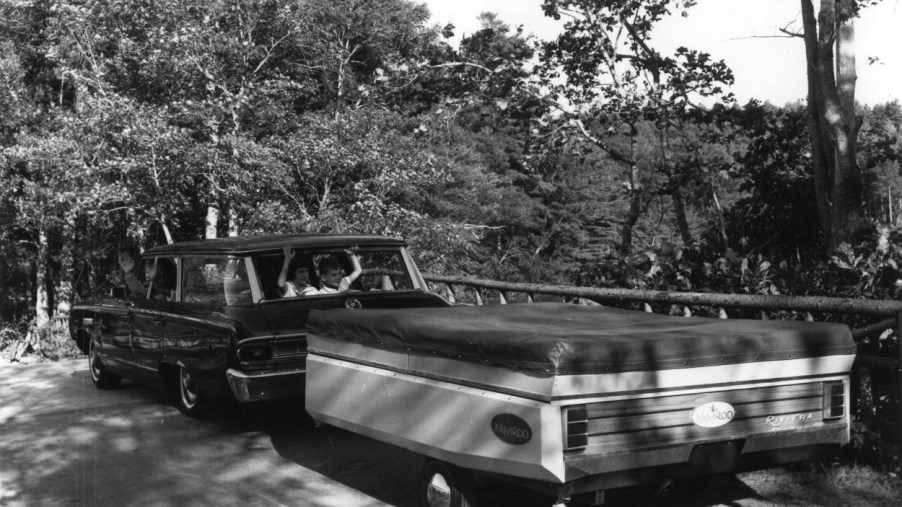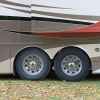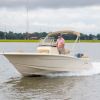
How Does a Pop-up Camper Work?
Pop-up campers have helped the everyday adventurer get out into the wilderness for many, many years. Arguably one of the most efficient and cheapest ways to travel outdoors, pop-up campers offer a variety of benefits.
This can come at a cost, because unlike other types of recreational vehicles, pop-up campers might take a little work to set up. So how do pop-up campers work?
Setting up your pop-up camper: how does it work?
A pop-up camper can be intimidating to set up and use for first-timers and might take some time to get used to, but it is also one of the most convenient ways to travel or camp.
Pop-up campers all follow a basic unfolding design, in which the majority of the camper stays folded in for travel and pops up for use in just a few steps. Although how a specific pop-up camper works depends on the type of pop-up camper it is, the basic idea behind its construction is the same.
Before setting up or using your pop-up camper for the first time, it is vital to ensure the camper is settled firmly and leveled on adequate terrain. Once level and safe, the camper can be removed from your vehicle’s hitch and secured with blocks, jacks, etc.
Stabilizer jacks can help level the pop-up camper and keep it securely in place. According to The Savvy Campers, after you’ve leveled and secured your pop-up camper, it should only take between 10-20 minutes to finish setting it up.
Depending on the type of camper you have, this is when you begin to extend the pop-up’s awning and door, as well as pop up your camper to full height. Many pop-ups have extensions on the side, which house tables, beds, etc., which must be extended and secured before moving on.
Types of pop-up campers and important considerations
Even though all pop-up campers are built with the same folding design, there are many types of pop-up campers. According to Lazydays RV, A-frame pop-up campers, for example, are smaller and easy to set up. When fully opened, A-frames have a high center peak.
Toy-haulers are typically the largest of pop-ups and are often characterized by special features and extra space for smaller, “toy” vehicles. Flip-out pop-ups often featuring a tent-style, pop-up roof, which extends to generally fit two or three people.
High wall pop-up campers, however, are considered the traditional and most popular type, designed with a “half-wall” all the way around and roofs/sides that extend up and out. These are the most commonly used pop-up campers with families.
Because pop-up campers differ greatly from other recreational vehicles and can vary significantly within its own category, there are some factors to consider. Setting up your pop-up camper in specific weather can be challenging, for example.
Many pop-ups are not fitted with heat, air, or insulation. And because pop-ups’ features and space can vary greatly, it is crucial to decide the size and amenities you’ll need.
The benefits of a pop-up camper
A pop-up camper’s most basic design is also its biggest benefit. According to CNET, pop-up campers are “camping trailers that collapse down into a much smaller, portable package.”
Like other recreational vehicles, pop-ups can come with kitchen and bathroom areas, as well as living and sleeping space. But unlike other types of RVs, a pop-up camper can be folded up “into a nice, small package that’s easier to tow and maneuver than a full-sized trailer.”
Pop-up campers are among the lightest and easiest to tow of all recreational vehicles, which means a broader range of vehicles are able to tow pop-up campers, at a higher fuel-economy rate as well. These types of travel campers can offer as little or as much luxury as buyers desire and can often be the most budget-friendly camper option.


